- Quick and easy service
Car Rental Nimes
Search, compare & book!
- Free cancellation Up to 48 hours prior to the scheduled pick up time
- Best price guarantee Have you found a better price? Let us know and we will make you a better offer.
- 24000+ pick-up locations Locations around the world
Car Rental Nimes
Renting a car in Nimes is simple with us. We offer the best rates in the market. We offer rental cars worldwide, in over 125 countries and more than 17,000 locations. All inclusive car rental in Nimes at the best rates - quality service guaranteed!
Car rental offers in Nimes
Whether you're looking for a small rental car or a station wagon for the entire family, we will always have a suitable vehicle for the lowest price. Below are some examples from our selection in Nimes.
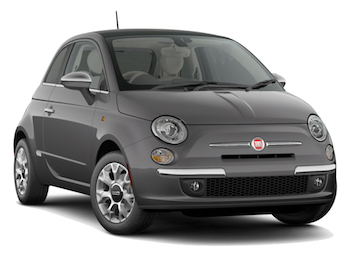
-
Thrifty From€ 23 /day -
Keddy By Europcar From€ 23 /day -
Europcar From€ 26 /day

-
Europcar From€ 28 /day -
Hertz From€ 32 /day -
Avis From€ 37 /day

-
Avis From€ 31 /day
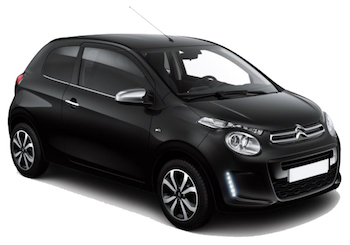
-
Keddy By Europcar From€ 35 /day

-
Keddy By Europcar From€ 37 /day
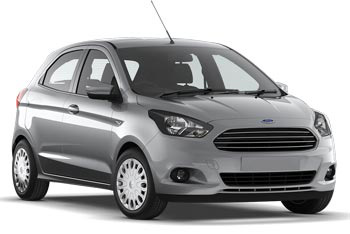
-
Dollar Rent a Car From€ 38 /day

-
Avis From€ 45 /day

-
Thrifty From€ 39 /day

-
Flizzr From€ 39 /day
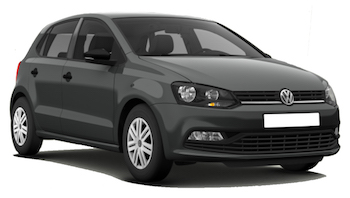
-
Keddy By Europcar From€ 28 /day -
Europcar From€ 30 /day
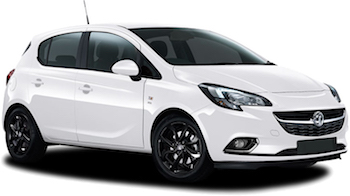
-
Europcar From€ 28 /day -
Hertz From€ 33 /day -
Alamo From€ 40 /day

-
Europcar From€ 31 /day -
Hertz From€ 32 /day

-
Hertz From€ 29 /day -
Thrifty From€ 30 /day -
Avis From€ 34 /day

-
Flizzr From€ 31 /day -
Sixt From€ 37 /day -
Keddy By Europcar From€ 50 /day

-
Europcar From€ 33 /day -
Keddy By Europcar From€ 39 /day
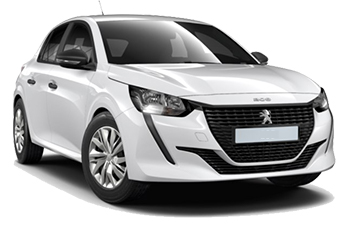
-
Flizzr From€ 32 /day -
Sixt From€ 35 /day -
Avis From€ 39 /day

-
Hertz From€ 34 /day -
Avis From€ 43 /day -
Keddy By Europcar From€ 54 /day

-
Hertz From€ 34 /day

-
Hertz From€ 31 /day

-
Hertz From€ 32 /day -
Thrifty From€ 36 /day -
Avis From€ 39 /day

-
Europcar From€ 35 /day -
Keddy By Europcar From€ 43 /day

-
Keddy By Europcar From€ 32 /day -
Europcar From€ 33 /day
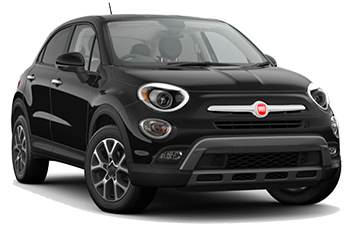
-
Europcar From€ 33 /day -
Sixt From€ 39 /day -
Keddy By Europcar From€ 41 /day

-
Europcar From€ 35 /day -
Keddy By Europcar From€ 44 /day -
Sixt From€ 48 /day

-
Europcar From€ 33 /day -
Keddy By Europcar From€ 33 /day
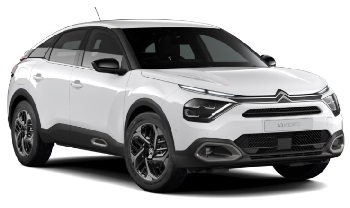
-
Flizzr From€ 33 /day -
Thrifty From€ 36 /day -
Sixt From€ 39 /day

-
Europcar From€ 36 /day -
Keddy By Europcar From€ 45 /day

-
Flizzr From€ 40 /day -
Sixt From€ 46 /day

-
Flizzr From€ 42 /day -
Hertz From€ 44 /day -
Sixt From€ 48 /day

-
Avis From€ 48 /day

-
Flizzr From€ 43 /day

-
Avis From€ 44 /day

-
Hertz From€ 50 /day -
Sixt From€ 57 /day

-
Sixt From€ 49 /day

-
Sixt From€ 55 /day

-
Sixt From€ 50 /day -
Alamo From€ 51 /day -
Enterprise From€ 51 /day

-
Avis From€ 46 /day

-
Flizzr From€ 47 /day -
Sixt From€ 48 /day

-
Avis From€ 50 /day

-
Flizzr From€ 47 /day -
Sixt From€ 54 /day

-
Sixt From€ 63 /day

-
Alamo From€ 51 /day -
Enterprise From€ 52 /day -
National Car Rental From€ 53 /day
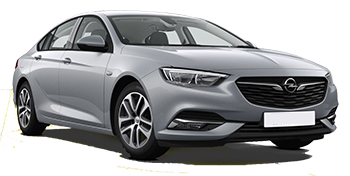
-
Alamo From€ 52 /day -
Enterprise From€ 53 /day
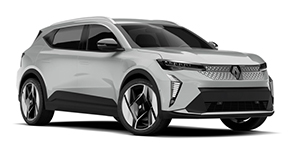
-
Avis From€ 69 /day

-
Enterprise From€ 54 /day -
Sixt From€ 54 /day -
Alamo From€ 54 /day

-
Sixt From€ 52 /day

-
Sixt From€ 57 /day

-
Sixt From€ 67 /day

-
Flizzr From€ 57 /day -
Sixt From€ 61 /day

-
Alamo From€ 59 /day -
Enterprise From€ 61 /day

-
Sixt From€ 75 /day

-
Sixt From€ 61 /day

-
Alamo From€ 61 /day -
Enterprise From€ 63 /day

-
Sixt From€ 78 /day

-
Avis From€ 59 /day

-
Avis From€ 53 /day

-
Alamo From€ 61 /day -
Enterprise From€ 62 /day -
National Car Rental From€ 63 /day

-
Alamo From€ 62 /day -
Enterprise From€ 63 /day
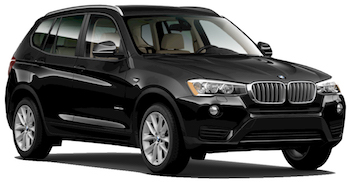
-
Sixt From€ 82 /day

-
Alamo From€ 62 /day -
Enterprise From€ 63 /day -
National Car Rental From€ 64 /day

-
Alamo From€ 64 /day -
Enterprise From€ 64 /day -
National Car Rental From€ 65 /day

-
Sixt From€ 84 /day

-
Sixt From€ 66 /day

-
Hertz From€ 35 /day -
Thrifty From€ 44 /day -
Sixt From€ 46 /day
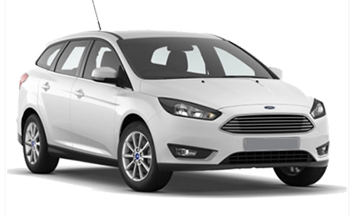
-
Hertz From€ 39 /day -
Dollar Rent a Car From€ 50 /day -
Thrifty From€ 51 /day

-
Hertz From€ 42 /day -
Sixt From€ 55 /day

-
Hertz From€ 43 /day

-
Sixt From€ 50 /day

-
Sixt From€ 54 /day

-
Sixt From€ 69 /day

-
Sixt From€ 57 /day

-
Sixt From€ 72 /day

-
Hertz From€ 100 /day -
Thrifty From€ 103 /day

-
Thrifty From€ 101 /day

-
Avis From€ 112 /day

-
Avis From€ 108 /day

-
Avis From€ 109 /day

-
Avis From€ 124 /day
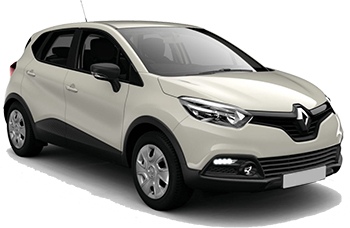
-
Flizzr From€ 34 /day -
Hertz From€ 93 /day

-
Sixt From€ 39 /day

-
Avis From€ 48 /day

-
Sixt From€ 41 /day -
Dollar Rent a Car From€ 45 /day -
Hertz From€ 47 /day

-
Flizzr From€ 42 /day -
Hertz From€ 45 /day -
Sixt From€ 48 /day

-
Sixt From€ 48 /day

-
Alamo From€ 43 /day -
Enterprise From€ 46 /day -
National Car Rental From€ 47 /day

-
Avis From€ 44 /day

-
Hertz From€ 51 /day -
Sixt From€ 57 /day

-
Hertz From€ 31 /day

-
Hertz From€ 38 /day

-
Hertz From€ 42 /day

-
Dollar Rent a Car From€ 44 /day -
Thrifty From€ 44 /day -
Hertz From€ 46 /day

-
Avis From€ 50 /day

-
Avis From€ 46 /day

-
Hertz From€ 47 /day -
Thrifty From€ 70 /day

-
Avis From€ 69 /day

-
National Car Rental From€ 57 /day
Car rental companies in Nimes
Below are the car rental companies in Nimes with the best ratings. Compare all ratings and prices of these rental companies in one search.
-
Rent a car
No rates available -
Enterprise
From€ 42 / day -
Europcar
From€ 26 / day -
Thrifty
From€ 23 / day -
Hertz
From€ 29 / day -
Avis
From€ 31 / day

When is the best time to book a rental car in Nimes?
Car rental companies in and around Nimes
Information about Nimes
Nîmes is one of the oldest cities in Western Europe. In Roman times, the Gallic village grew into an attractive city, of which much has been preserved. The proximity of the Provence and the Mediterranean also contribute to the attractiveness of Nîmes.
One of the world's best-preserved Roman temples is the Maison Carrée, which was located on the Forum, the center of political and social life under the Romans. In the seventeenth century plans existed to demolish the temple, but fortunately those plans were never executed. Napoleon liked Maison Carrée so much that he drew inspiration from it for the construction of La Madeleine in Paris.
The building also was the inspiration for Carré d'Art, a futuristic glass, steel and concrete design that has exactly the same surface size as the Roman temple. Only part of the building is visible, as five of the nine floors are underground. The building houses the Museum of Contemporary Art (Musée d'Art Contemporain); the other spaces are used for temporary exhibitions.
The ancient city gate Porte d'Arles is also called the Porte d'Auguste and was part of the city walls which date back to 15 BC. Another part of the city wall is the Tour Magne, but it is not clear if the tower used to be a trophy or if it served as a watchtower. From the thirty-meter-high tower you have a fantastic view of the surroundings.
The Roman arena was built in the first or second century. Here the Romans held their famous gladiator fights and other games to entertain the people. In the fifth century, after the fall of the Roman Empire, it was converted into a fortress surrounded by a moat, and during the Middle Ages, when the city started going downhill, it became a refuge for the poor. During the nineteenth century, Les Arènes was restored to its former glory. It is still in use today, mainly for bullfights.
In the Musée du Vieux Nîmes, housed in the former Bishop's Palace from the seventeenth century, one would expect a museum on the city's history. This is not the case. The museum does hold an historic collection, but it focuses on the region's folklore: Traditional costumes, furniture and old trades. It also gives considerable attention to the textile industry, which used to be of major importance to Nîmes.
A former Jesuit Church houses two museums: on the first floor the Musée Archéologique, with many Roman statues and utensils and on the second floor the Musée d'Histoire Naturelle, which mainly focuses on art and objects from the former French colonies in Africa and Asia.
For the Celts, the Nemausus spring, at the foot of the Mont Cavalier, was a sanctuary for nymph worshipping. The Romans built a complex around it, mainly consisting of bathhouses. Of this complex only the Diana temple – in reality not a temple but a bathhouse – was preserved. In the eighteenth century, beautiful gardens were landscaped around the spring, the Jardins de la Fontaine. This complex used to supply the entire city of water, but before long its production was inadequate and the Romans built an aqueduct.
In and around Nîmes
The famous Pont du Gard is located 20 kilometers northeast of Nîmes. It was part of the fifty-kilometer-long water pipe from the Eure spring near Uzès in the Cévennes. This colossal aqueduct over the Gorges du Gardon is impressive, not only because of its size, but especially because of its beautiful surroundings.
Southeast of Nîmes lies the vast nature reserve of the Camargue. These days we love these swamps, lagoons and sand flats, but in the past people felt differently. For the local population it was the Gateway to Hell. The Camargue is basically the Rhône Delta and sand is deposited in the area via the river. But what is deposited by the river, is taken back by the sea elsewhere. This causes the Camargue's appearance to change continuously. In addition to the semi-wild horses, many birds, including flamingos, live in the area.
Parking
There is a large underground parking garage near Les Arènes. It usually has space, but should this not be the case, electronic signs indicate garages that have availability. It is difficult to find parking space out on the streets in the narrow streets of the center.
Airport
The full name of the city's airport is Aéroport de Nîmes-Alès-Camargue-Cévennes and in commercial aviation it is mainly used by budget airline Ryanair. The airport is located 20 kilometers southeast of the city center and you can easily reach it by rental car via the Autoroute A54 (exit 2).